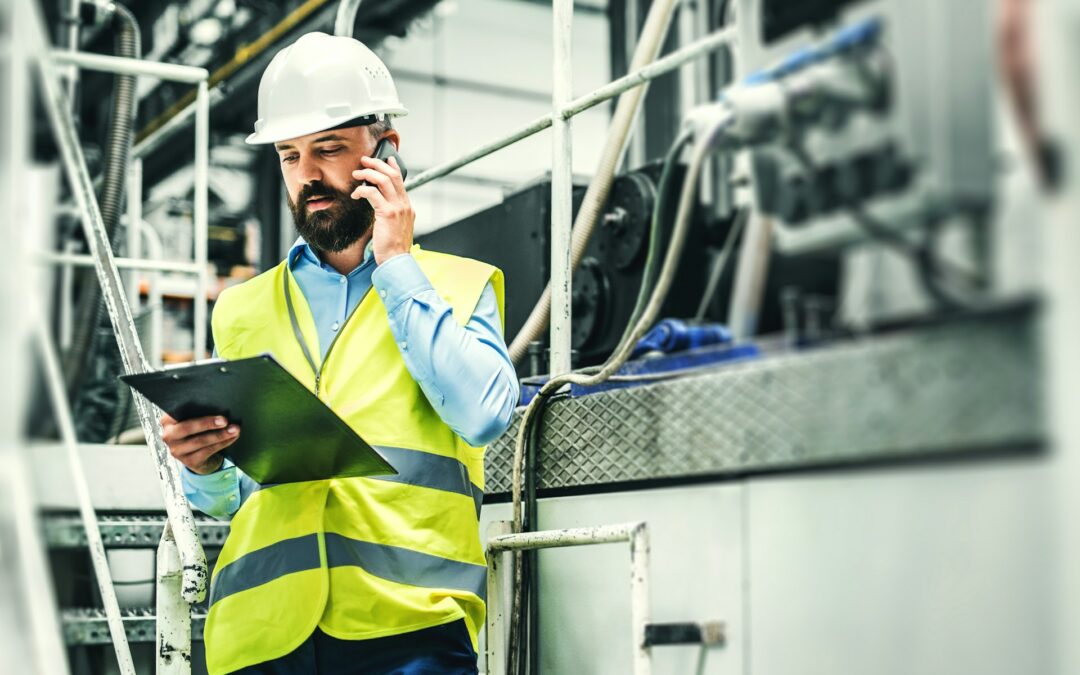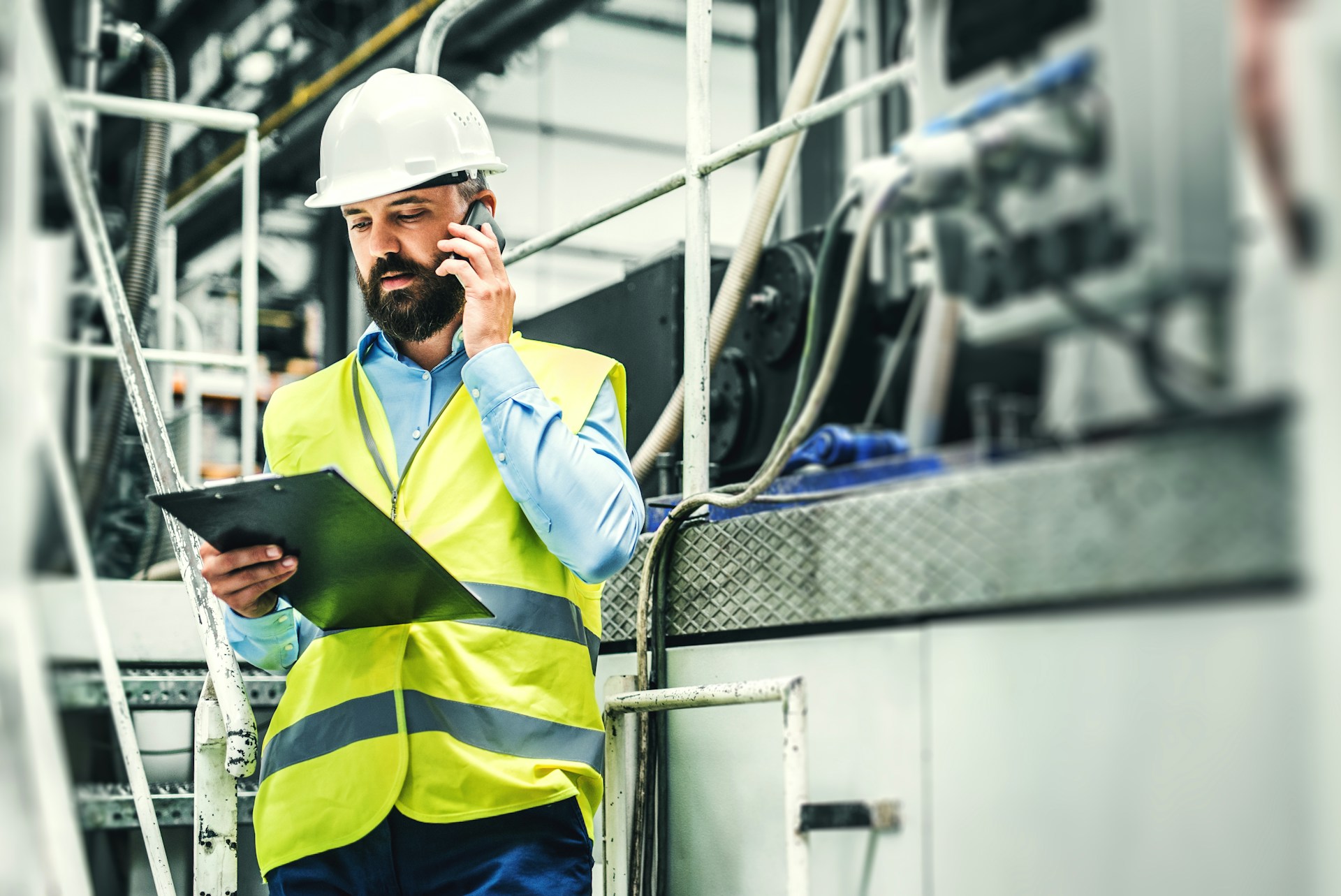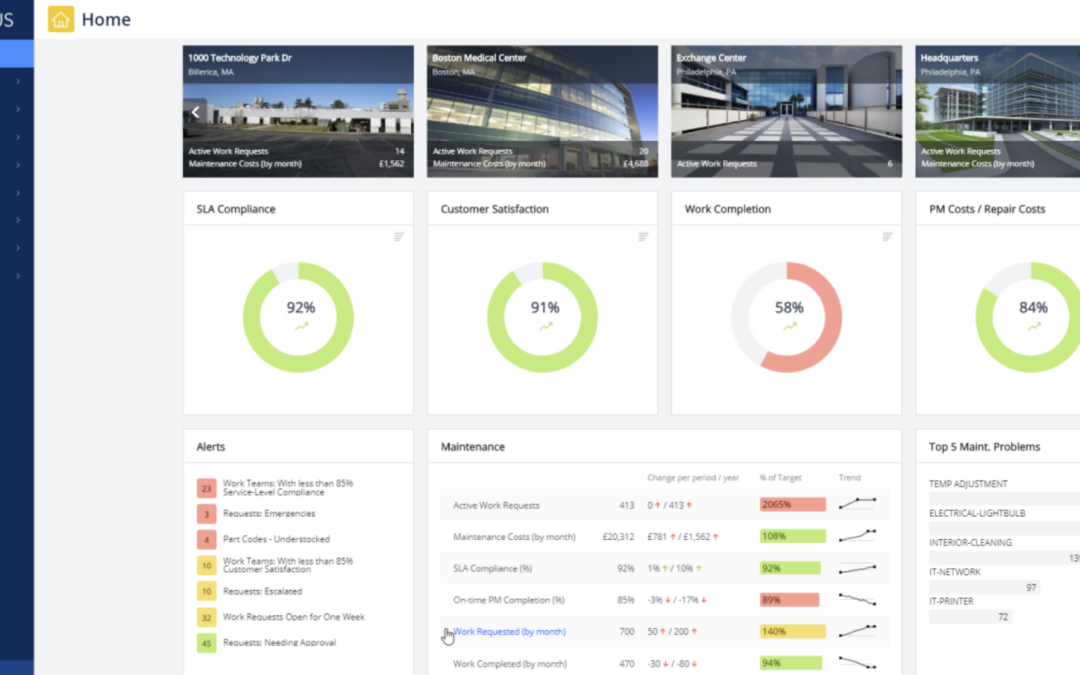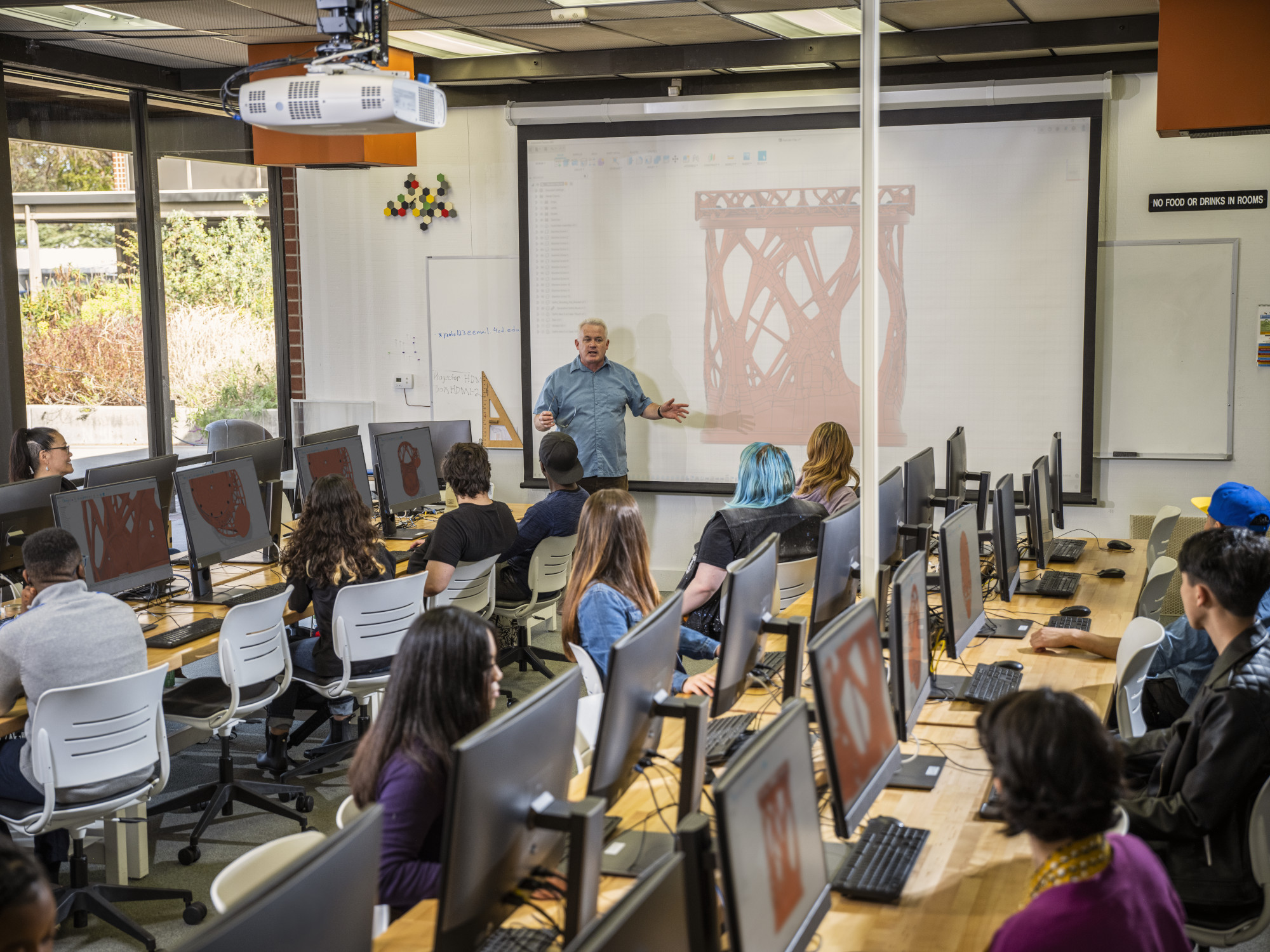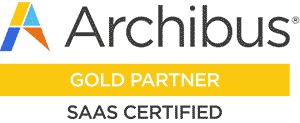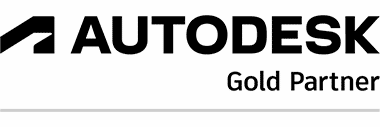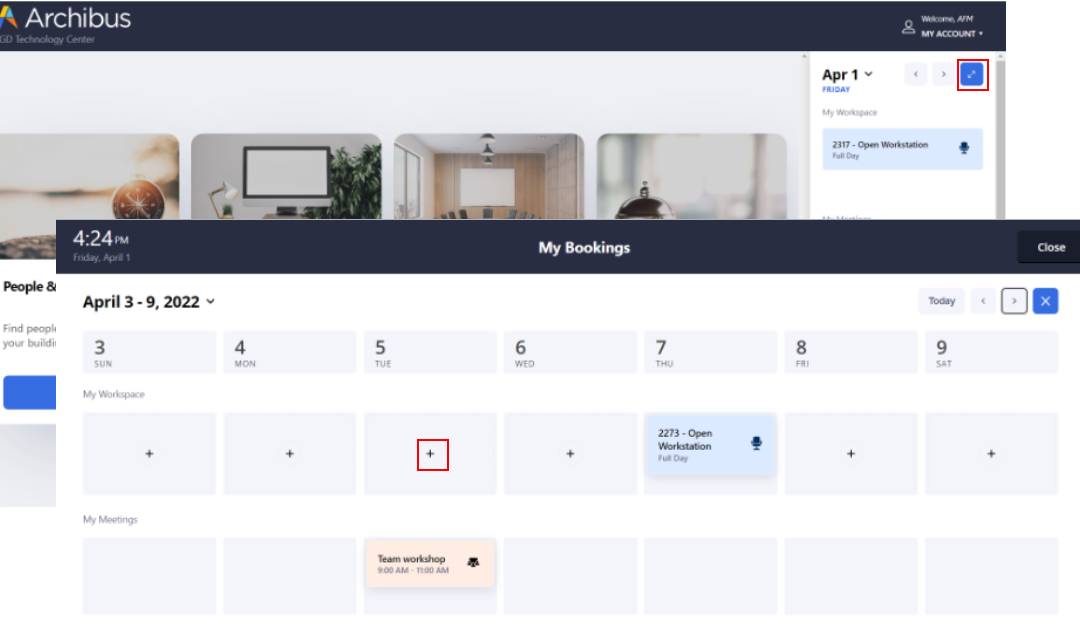
Maximizing Calendar Integration and Document Control in Archibus 2025
Calendar integration and document control are increasingly critical in today’s facilities management operations. Coordinating work orders, inspections, visitor schedules, and contractor appointments demands digital solutions capable of automating reminders, syncing calendars across teams, and managing deadlines with precision. Archibus’s latest features allow FM leaders to centralize scheduling, minimize missed appointments, and keep workflows transparent and accountable.

Automated notifications and reminders reduce human error and ensure compliance. Facilities staff and service providers receive updates on approaching deadlines and required tasks, preserving response times and making it easier to manage overlapping responsibilities. This heightened coordination speeds service delivery and improves stakeholder satisfaction.
Document control within Archibus provides a secure, organized repository for blueprints, manuals, inspection logs, contracts, and vendor files. Direct linking of documents to events or assets ensures information is always available where it’s needed, supporting both ongoing operations and audit readiness.
Permission-based access helps secure sensitive information, maintain version control, and minimize unauthorized changes. Facility managers can assign or revoke rights as needed, protecting organizational interests while enabling agile workflows.
Real-time updates and centralized dashboards keep everyone on the same page, regardless of department or location. Changes to schedules, documentation, or operational plans are immediately reflected throughout the platform, supporting rapid decision-making and issue resolution.
Regulatory compliance is strengthened by integrated calendar and document control modules. FM teams can automate reporting deadlines, ensure records remain current and accessible, and simplify the preparation for audits or inspections.
Knowledge sharing and communication are more efficient, with reduced reliance on email and improved collaboration through shared digital workspaces. Insights and records are always up to date.
Robotech CAD Solutions can help you and your company to optimize calendar coordination and document management within Archibus. Our solutions help FM teams centralize workflows, maintain secure records, and exceed timelines for both regular operations and compliance requirements.

